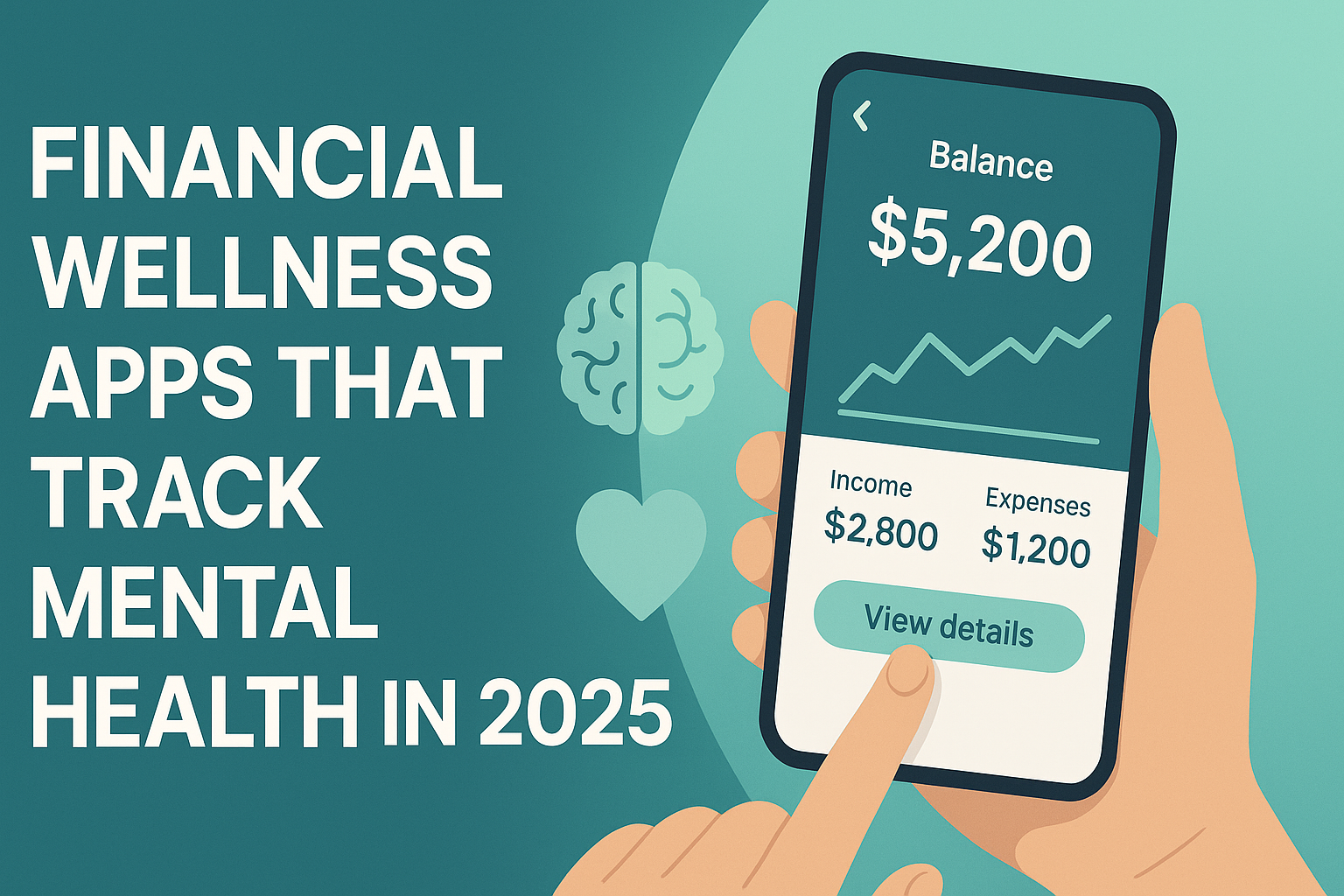Behind the 1.7% headline, deeper inflation data reveal sector-specific tension, global uncertainty, and critical decisions ahead for Canadian households.
Inflation in Canada is holding steady — at least on paper. According to the latest data from Statistics Canada, the Consumer Price Index (CPI) remained unchanged at 1.7% in May, mirroring April’s numbers. But as every financially aware Canadian knows: the headline figure rarely tells the whole story.
Beneath the surface of stability, a complex and uneven economic reality is taking shape — with energy prices falling, food costs stubbornly high, and core inflation still above central bank comfort zones.
For homeowners, investors, savers, and small business owners, the key question is: What does this “steady” inflation rate actually mean for my money in 2025?
Let’s unpack the numbers and translate them into smart, actionable insight.
Background & Context: What’s Really Driving the Data?
At first glance, 1.7% CPI growth might seem reassuring. But dig deeper and the picture gets more nuanced.
Excluding energy, inflation jumps to 2.7% — highlighting the deflationary drag of gasoline and energy prices.
Gasoline alone dropped 15.5% year-over-year in May — a sharp deceleration that helped offset price increases in other sectors.
Meanwhile, core inflation metrics — those used by the Bank of Canada to shape policy — remain sticky. The CPI-trim and CPI-median are both hovering around 3%, down slightly from April but still elevated.
That means while headline inflation is slowing, underlying price pressures persist. Especially in key consumer areas like food, rent, and housing.
Why does this matter?
Because if the Bank of Canada sees core inflation as too hot, it may delay or rethink interest rate cuts — which affects everything from mortgage rates to borrowing costs for small businesses.
Deep-Dive Analysis
Impact on Homeowners and Mortgages
For homeowners, the most relevant question is: Will mortgage rates go down this year?
The answer depends on how the Bank of Canada interprets the inflation landscape. So far, it’s cautious.
The policy rate remains at 2.75%
Mortgage interest costs are still rising (up 6.2% year-over-year)
Rent increases are moderating but still elevated
If core inflation doesn’t fall below 3% soon, the BoC may hold rates steady longer, making refinancing or new home purchases more expensive.
But here’s the good news: the 21-month deceleration in mortgage interest costs suggests the worst may be behind us. Those considering homeownership should closely monitor BoC statements and bond yields ahead of the July policy meeting.
Impact on Savers and Investors
While the inflation picture may seem mild, core pressures and international trade risks are keeping investors on edge.
Sectors like telecom are seeing price deflation — cellular services fell 5.5% in May — reflecting increased competition and potential opportunity.
Conversely, electric vehicles and auto prices climbed 4.9%, driven by high demand and supply chain constraints.
Food inflation, though down slightly, remains high at 3.4% — a persistent source of consumer frustration.
For savers, this means real returns on high-interest accounts may finally outpace inflation — especially with 1.7% CPI. Consider laddering GICs or locking into short-term high-yield accounts if you want to preserve capital.
For investors, sector selection matters more than ever. Look for:
Consumer staples (resilient in uncertain inflation environments)
Green energy and infrastructure (poised for government stimulus)
Defensive dividend stocks, especially those insulated from tariff impacts

Impact on Consumers and the Job Market
Let’s talk about everyday life.
Even with a 1.7% inflation rate, most Canadians don’t feel like prices are going down — and that’s because some categories remain persistently elevated:
Food inflation is still above 3%, affecting families every week
Shelter inflation is also at 3%, despite slower rent increases
Vehicle prices continue to rise, especially in the EV market
These realities impact spending patterns and consumer sentiment. And while wage growth is modest, concerns about a cooling labor market are real — especially in sectors like retail, manufacturing, and export-driven industries affected by tariffs.
For job seekers or those considering career pivots, now is a good time to:
Focus on in-demand skills in health, tech, logistics, and clean energy
Track regional job openings, especially in growing metros like Calgary or Halifax
Consider hybrid or remote roles that offer wage premiums while reducing expenses
Policy Pressure: Will Rates Fall — or Stall?
Bank of Canada Governor Tiff Macklem has signaled a cautious stance, pointing to trade frictions and the breadth of inflation as reasons to stay on guard.
With 47% of the core CPI basket above 3% inflation, the central bank is unlikely to make aggressive moves unless broad-based inflation declines. A key upcoming milestone: the July 21 economic and security agreement deadline with the U.S., which could impact tariffs and trade policy.
If that deal falters, expect:
Renewed upward pressure on consumer prices
Delayed interest rate cuts
More volatility in consumer confidence and borrowing behavior
Bottom line: The next six weeks are pivotal.
Actionable Takeaways & Key Insights
Prepare for a “wait-and-see” rate environment. Don’t assume a rate cut is imminent — plan finances with current rates in mind.
Budget smarter, not just leaner. Focus on categories with sticky inflation (like food and vehicles) when adjusting your monthly spending.
Lock in high yields now. If inflation stabilizes, deposit rates may come down. Consider short-term GICs or high-interest accounts while rates remain competitive.
Watch for trade news. The July U.S.–Canada agreement could tip the scales for inflation and rates. Stay updated.
Refinance with purpose. If you’re exploring mortgage refinancing, act during any bond market dips that could lower rates briefly.
Conclusion & Call to Action
Canada’s inflation rate may be holding steady, but beneath that calm surface lies a swirl of sectoral volatility, trade concerns, and central bank caution. For households, investors, and business owners, the next few months will be critical in shaping financial decisions.
The data doesn’t suggest panic — but it does demand preparation.
Understanding what’s moving (and what’s not) behind the 1.7% headline can help you stay one step ahead of policy shifts, price changes, and portfolio risks.
Stay tuned to The Evolving Post for more smart, actionable updates that impact your money and your future — because understanding the system is the first step to changing your financial story.
While this analysis is based on thorough research, it is for informational and educational purposes only and should not be considered financial advice.








